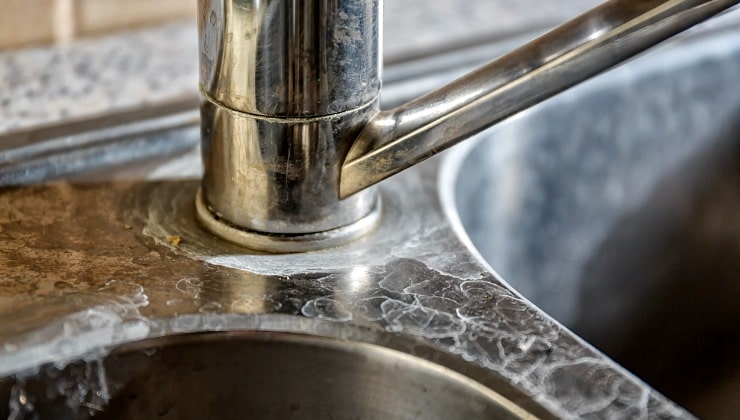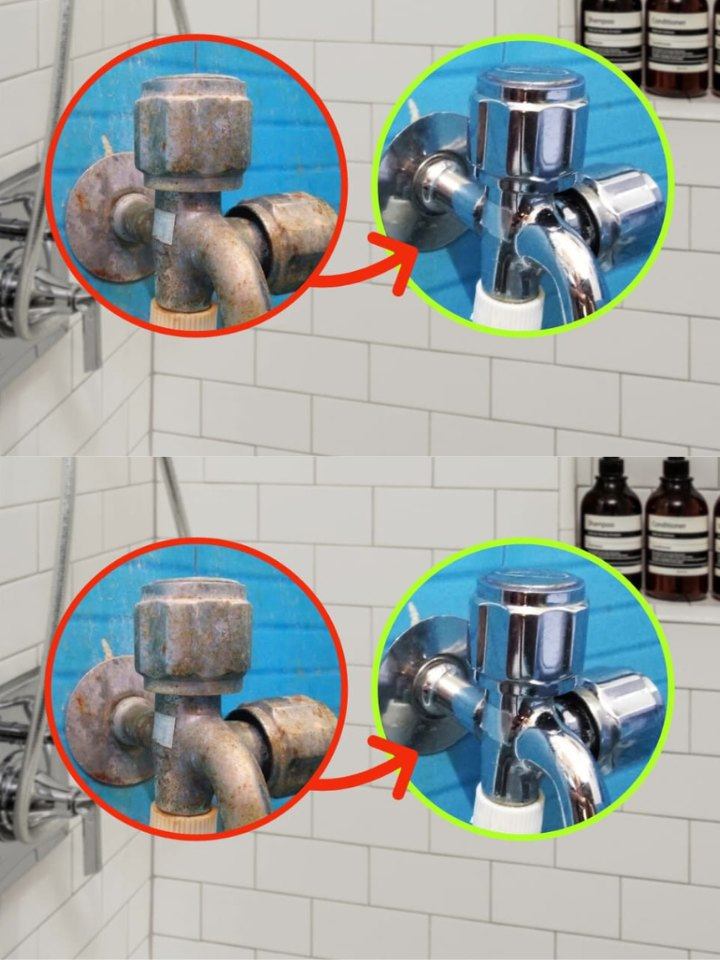ADVERTISEMENT
It can hinder the flow of water as limescale builds up in the pipes and reduces the flow of water, making it difficult to use showers, faucets and other fittings.
Not to mention that limescale can give the water a metallic taste or an unpleasant smell, making it difficult to drink or cook with. Limescale can also make the water less healthy as it can contain bacteria and other undesirable substances.
In summary, limescale can cause problems with water quality and quantity and can damage plumbing and appliances.
To prevent these problems, it is important to treat the water properly or use distilled or demineralized water.
Shower faucet full of limescale
Everyone likes to shower with a good “jet of water”, it relaxes and gives a feeling of well-being. But what happens when limescale builds up in the shower faucet? The water is decreasing irreparably, there are two solutions: either change the shower head or think about how to solve the problem permanently.

Lemon can be used to remove limescale from bathroom faucets. To do this, cut a lemon in half and rub it on the surface of the faucet affected by limescale. Then leave it to act for 10-15 minutes so that the citric acid in the lemon can act on the limescale.
ADVERTISEMENT
